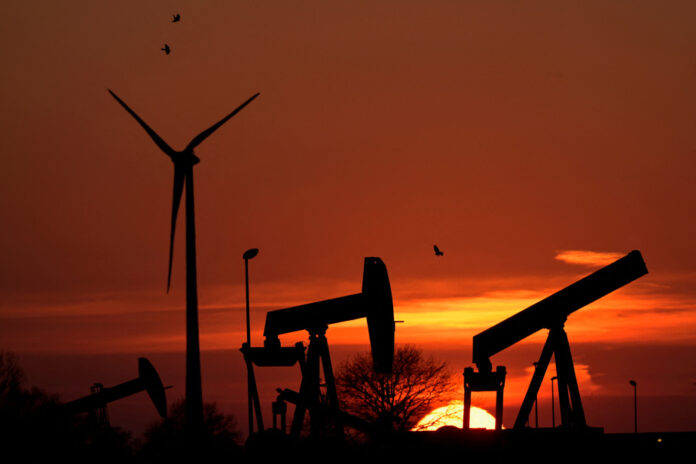(Vienna) First postponed, then rescheduled by videoconference: the OPEC meeting scheduled for Thursday promises to be tumultuous, unless an agreement is reached by then between Saudi Arabia and its partners on a reduction in oil production quotas.
Riyadh has one obsession: supporting prices, which are too low for its liking, but it is visibly struggling to convince African countries to tighten the valves further, sources close to the discussions reported to AFP.
At the heart of the debates: how to better share the burden between the thirteen members of the Organization of the Petroleum Exporting Countries (OPEC), led by Saudi Arabia, and their ten allies led by Russia?
Because for the moment, it is essentially the Saudis who are making most of the cuts. They have voluntarily left a million barrels per day underground since July, in addition to the reductions already decided in the spring by nine members in total.
The surprise postponement of the meeting “has cast doubt on Riyadh’s desire to renew its strategy beyond 2023,” explains Carsten Fritsch of Commerzbank in a note. Hence a sudden drop in prices in the process.
But calm quickly returned to the markets which are now betting on “a simple disagreement with a certain number of African countries”, adds his colleague Barbara Lambrecht.
A priori therefore “no change of course from Saudi Arabia: the kingdom still seems ready to bear the majority of the efforts”.
However, the leader of the Vienna-based cartel is awaiting action from other members.
But this is not a given: “Angola and Nigeria want to increase their oil windfall and will undoubtedly demand an increase in their production objectives for 2024,” according to Mr. Fritsch.
Because both countries “are highly dependent on their oil and gas industries”, which provide them with valuable foreign currencies, notes John Evans of PVM Energy.
In the absence of an agreement, OPEC could once again settle for an à la carte strategy, with an identical renewal of the efforts already made, in particular by Riyadh.
An agreement on the scale of the OPEC group seems unlikely, because to close the alliance’s crude taps, “you need the unanimous agreement of the 23 members” with clearly divergent interests, recalls Jorge Leon, analyst at Rystad Energy interviewed by AFP.
An air of déjà vu is not enough to stop the plummeting prices, warn investors.
Even if they remain above the average of the last five years, prices have fallen sharply since their last surge at the end of September, when the barrel of Brent was close to 100 dollars.
WTI fell almost 21% and Brent fell 18%, hovering around the symbolic $80 mark.
Both crude benchmarks are now trading at levels lower than those recorded before the Hamas attack in Israel on October 7, which caused a temporary rise due to concerns about a possible escalation of the conflict.
The atmosphere is gloomy, between concerns about the economy of China, the world’s leading importer of crude oil, whose post-COVID-19 recovery is proving much more sluggish than expected, and mixed signals coming from Europe and the UNITED STATES.
The current high interest rates, aimed at extinguishing the surge in inflation, tend to weigh on growth.
On the supply side, “crude production in the United States and Brazil reached record levels, while OPEC member states “exempt from cuts (Libya, Venezuela, Iran) were also able to increase their production,” notes Giovanni Staunovo of UBS.
So many elements which suggest that the fall in prices will continue in any case, whatever OPEC’s decision. To the delight of consumer countries.















